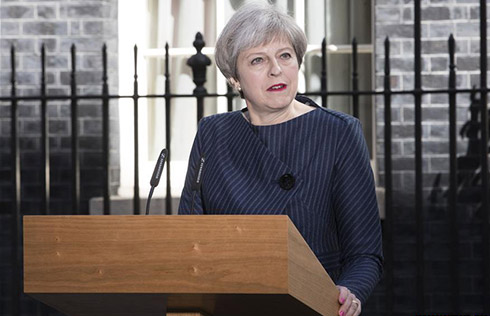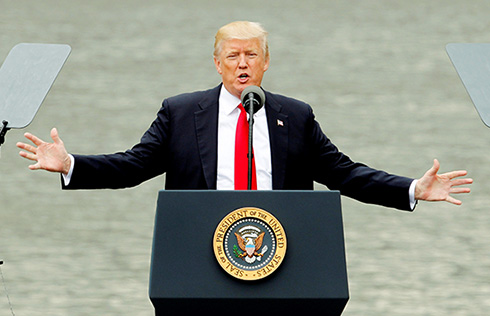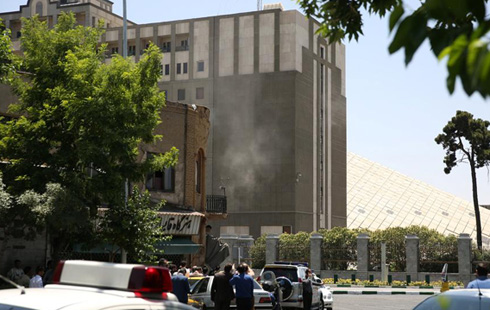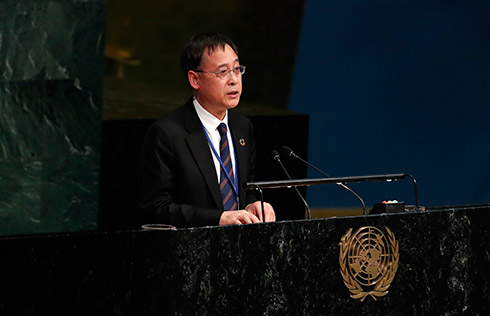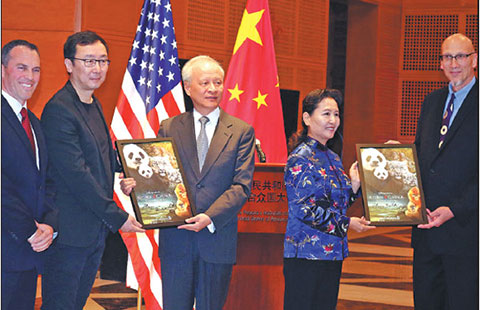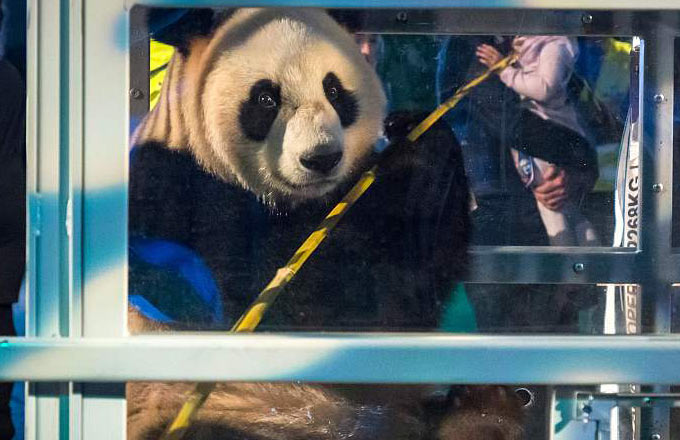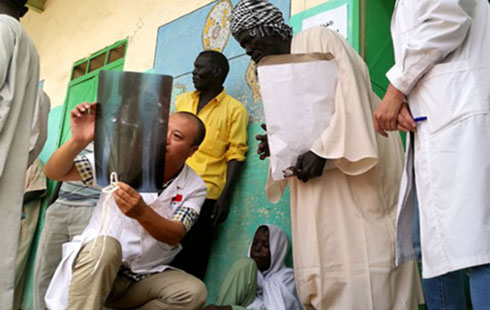Conference call highlights unity
President Xi Jinping and Kazakh President Nursultan Nazarbayev attended a video conference call ceremony on Thursday to mark the two nations' practical cooperation on the Belt and Road Initiative.
During the ceremony at the China pavilion at the Astana Expo 2017, the two leaders watched the realtime video of the Lianyungang seaport in East China and the Horgos port in Northwest China's Xinjiang Uygur autonomous region. Xi said in a speech at the ceremony that Kazakhstan has developed from a traditional inland country into a key transportation hub in the heart of Eurasia and plays an important role in connecting trade between Asia and the West.
The China-Kazakhstan cross-border transportation cooperation will contribute more to regional development, Xi said, adding that the two sides should make joint efforts to build the project into a model for the Belt and Road Initiative.
Nazarbayev expressed gratitude for Xi's participation at the expo, saying the Belt and Road cooperation between the two countries will benefit the people of both countries.
The ceremony was held to mark cooperation regarding the Belt and Road Initiative between the two countries. The initiative, put forward by Xi in 2013, aims to boost interconnectivity between the two countries and free trade between Asia and the rest of the world.
The China-Kazakhstan logistics terminal is the first logistics platform going into service since Xi proposed to build the Silk Road Economic Belt during his visit to Kazakhstan in 2013.
In February 2015, the first cargo train was connected between Lianyungang and Kazakhstan's Almaty, reducing the transportation time and cost for both sides.
Located at the eastern end of the Eurasian Land Bridge, Lianyungang connects Japan and South Korea over the sea and links with Central and Western Asia through the Longhai (Lanzhou-Lianyungang) Railway.
It occupies a pivotal location in the Silk Road Economic Belt and the 21st Century Maritime Silk Road, which together comprise the Belt and Road Initiative.
Cargo trains carrying medical supplies, daily necessities and electronic products get to Almaty within a week due to the Chinese logistics terminal.
In the past, it took almost a month to carry cargo from the inland Central Asian country to seaports in the Middle East via traditional transportation routes.
The terminal has a yearly loading capacity of 460,000 twenty-foot equivalent units, or TEUs, and mainly runs cross-boundary shipments and warehouse businesses. A TEU refers to the capacity of container terminals based on the volume of 20-foot-long containers.
anbaijie@chinadaily.com.cn




